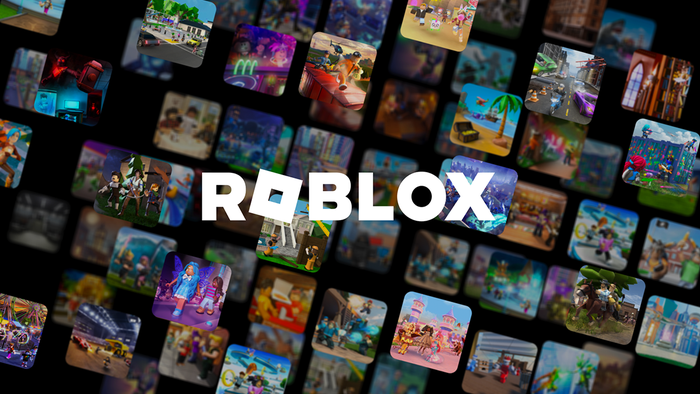Designing games for today, or how I learned to relax and not worry about the future
Game design can easily run away from you. Thoughts of everything you want to do can bog down what game design is all about: Fun.

I started working on my own game development project last December, and the first thing I did was make a feature list of all the stuff I wanted to accomplish. Once I got that done, I sat down and started coding it. Awesome feature 1, done. Awesome feature 2, done. I started to play the game and I ran into an issue; lack of gameplay. What am I, as a player, doing in this game? I can build something, I can watch it go, and it looks awesome. But there is no way I would ever pay money for these features, I need a game. My philosophy changed rapidly and I moved away from my feature list and instead made two more interactive lists. What I need to get done for an Alpha release of the game, and what I need to get done for the Beta.
It seems logical, but I was still running into the issue where I would think of something awesome I want for my game further down the line, for the full release. I added it to a list I kept in a notebook, and moved back. The more I tried to think about how to accomplish the most basic of tasks in my games, the bigger the list of "eventual feature" became. And that was where I discovered, to my surprise, that game design isn't a goal in itself, but a process. A process that can quickly skyrocket into an endless feature list that will, quite honestly, never be done.
So the thought for this whole post is that Game Design needs to be considered for today, not for the future. A game can have the most awesome stuff, but no gameplay means its worthless in the long run. Unless you're making a tech demo, but thats a different story. A game needs a design that works for any given day. Move away from what you want to do with the game you're making, and move toward with what you WILL do with your game. Thats the lesson I learned.
Start off with the most basic of premise, the genre. All the rage these days are cross-genre games. The FPS with RPG elements, the Action RPG with a Sim component. Those are all awesome ideas, and great games have come from these frankensteins of genre. But for your game design, take a genre and stick with it. They exist for a reason, and that reason is that each one, in and of itself, is complete. My feature list expanded and my genres multiplied. As I made a Tower Defense game, I thought about RPG aspects I can put into, how I can add an FPS component, change the way resources are done, etc. But all of these don't need to be in the game, you need a basis. And that basis, the core, the part of game design that will tell you what you SHOULD do, is genre. Pick one and stick with it, design around it, not from it.
Second, stick to game design that the player will appreciate. If my player can't use an item in the game until the very end; no matter how awesome that item may be, its going to be worthless to him if he never gets to the end. In my Tower Defense example, I can think of a million awesome things I can do with turrets, but if the player has a hard time figuring out how to place one, that whole design goes down the drain. Ask yourself during your process, "Do I need this in the design? What value does THIS feature add to the player right off the bat?" IF the answer is no, or none, something isn't right with this idea.
Finally, the primary, fundamental question you need to ask yourself when making your original game design: Where is the fun? What part of this design gives the player enjoyment? If you can't answer that question objectively, then re-think your design.
Cheers,
Marcin Tasz, GBM Productions
Read more about:
BlogsAbout the Author(s)
You May Also Like









